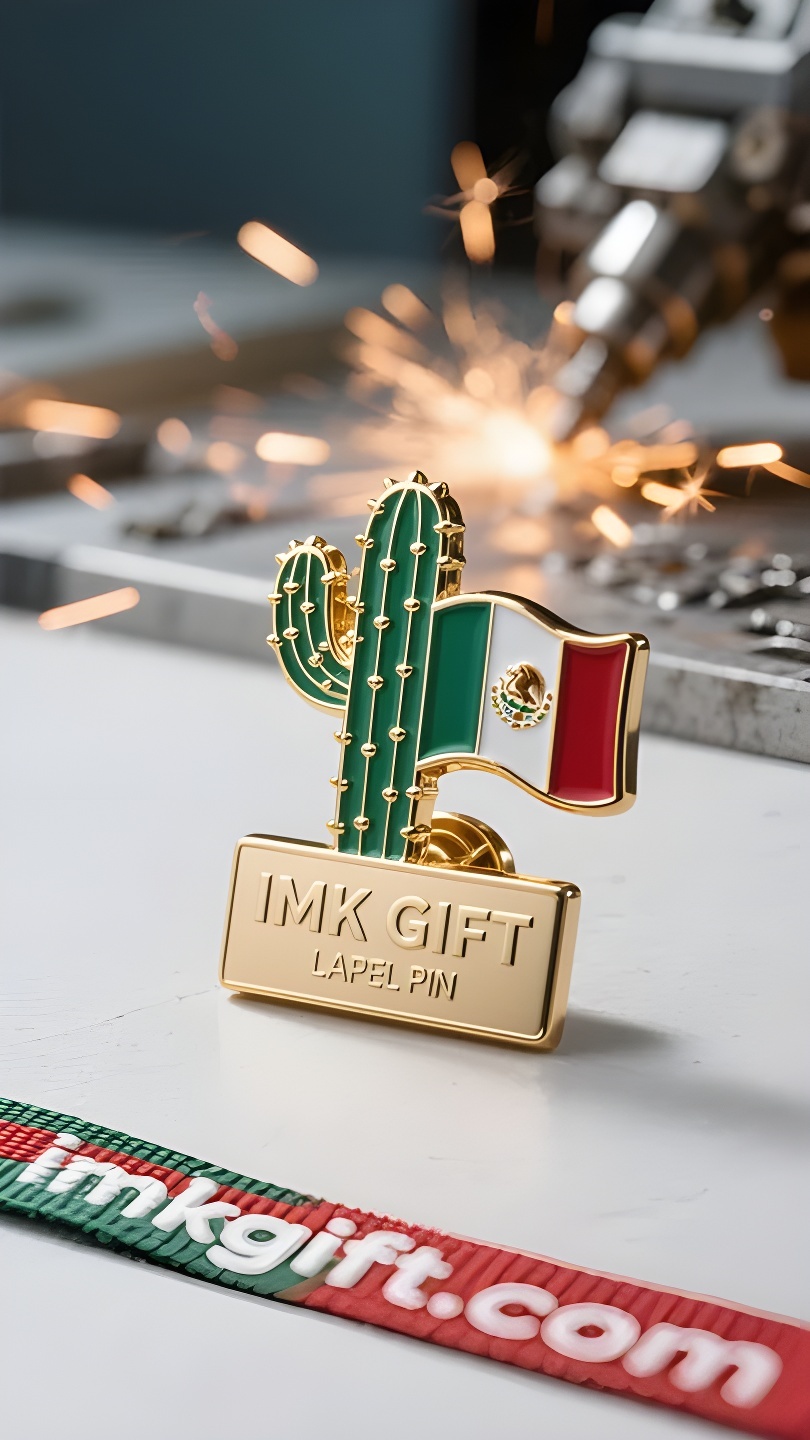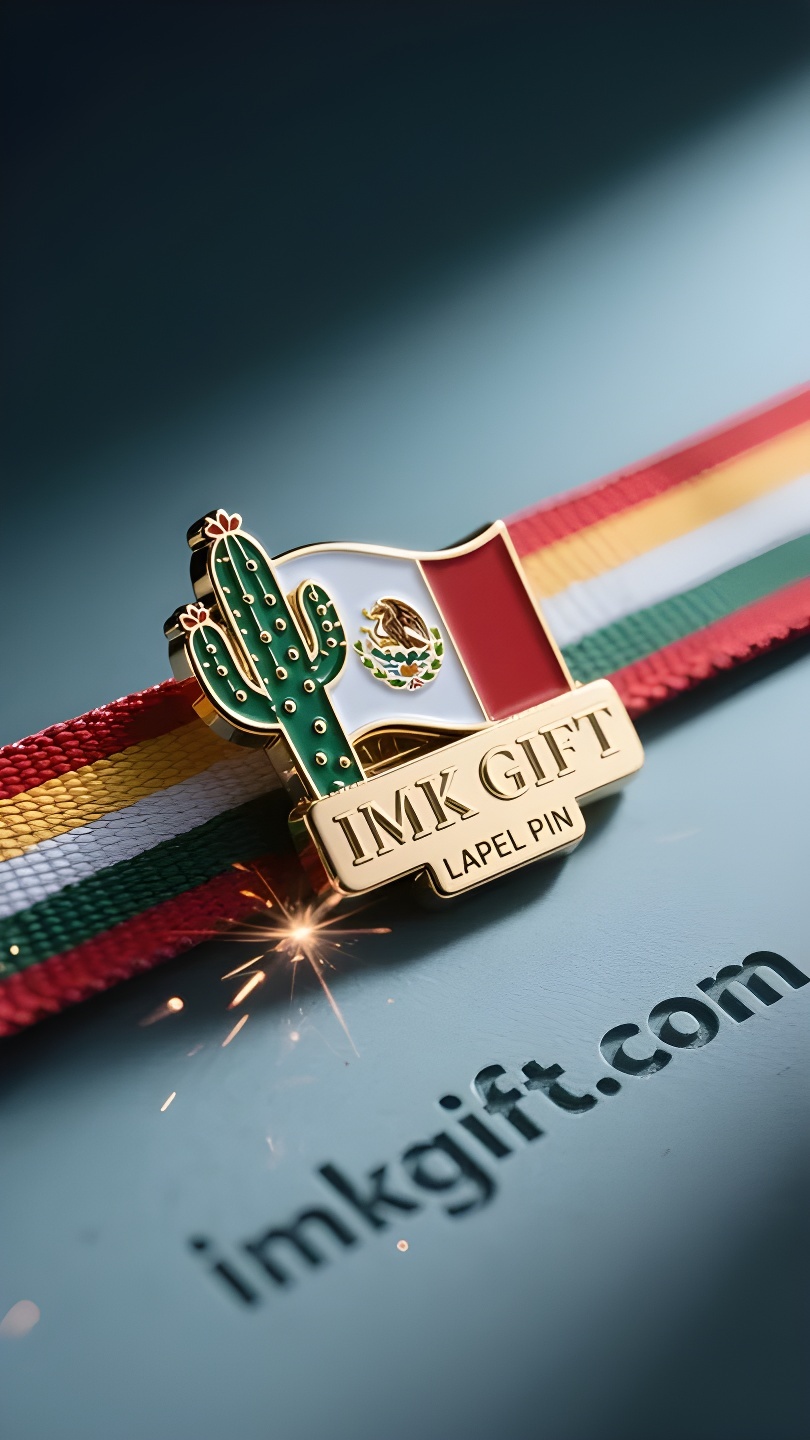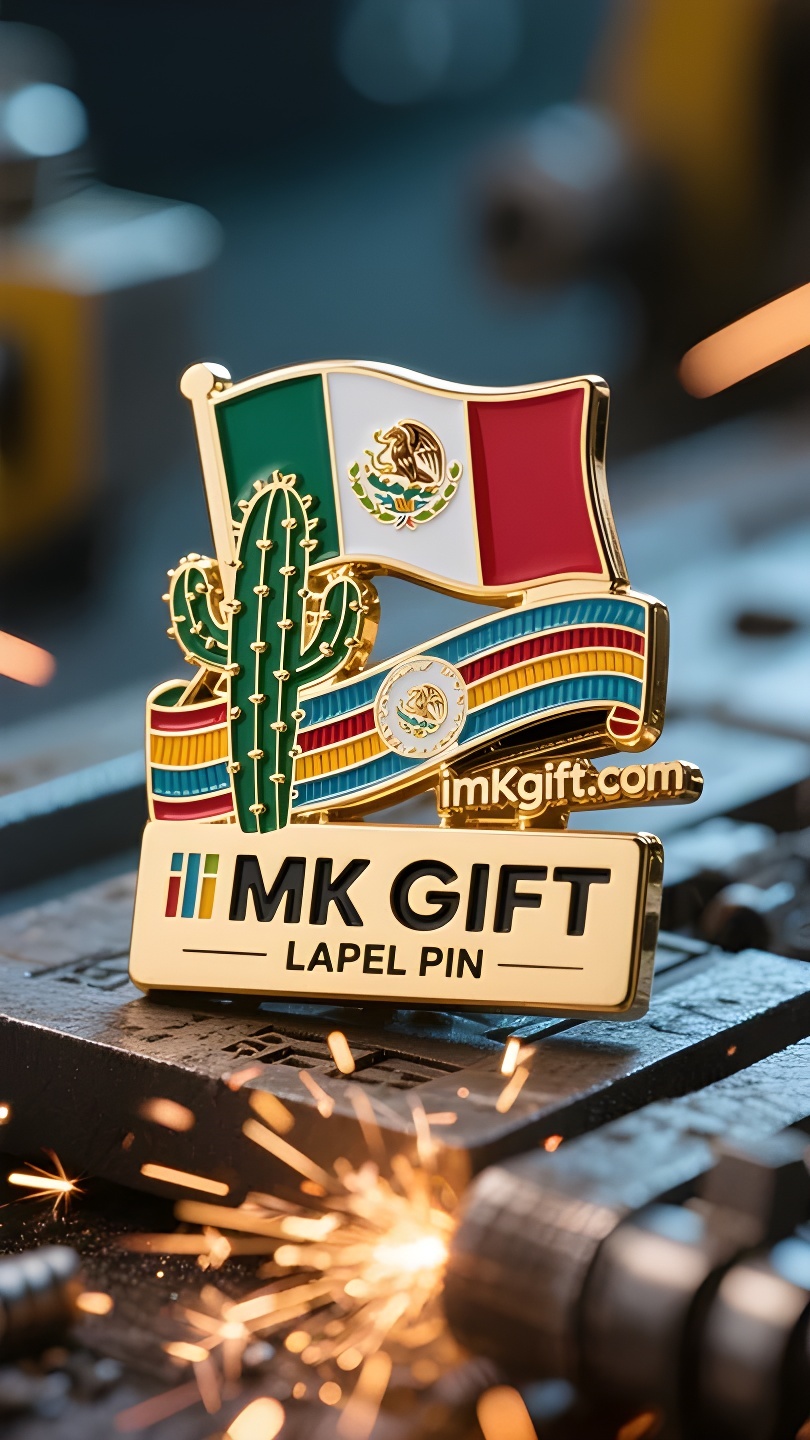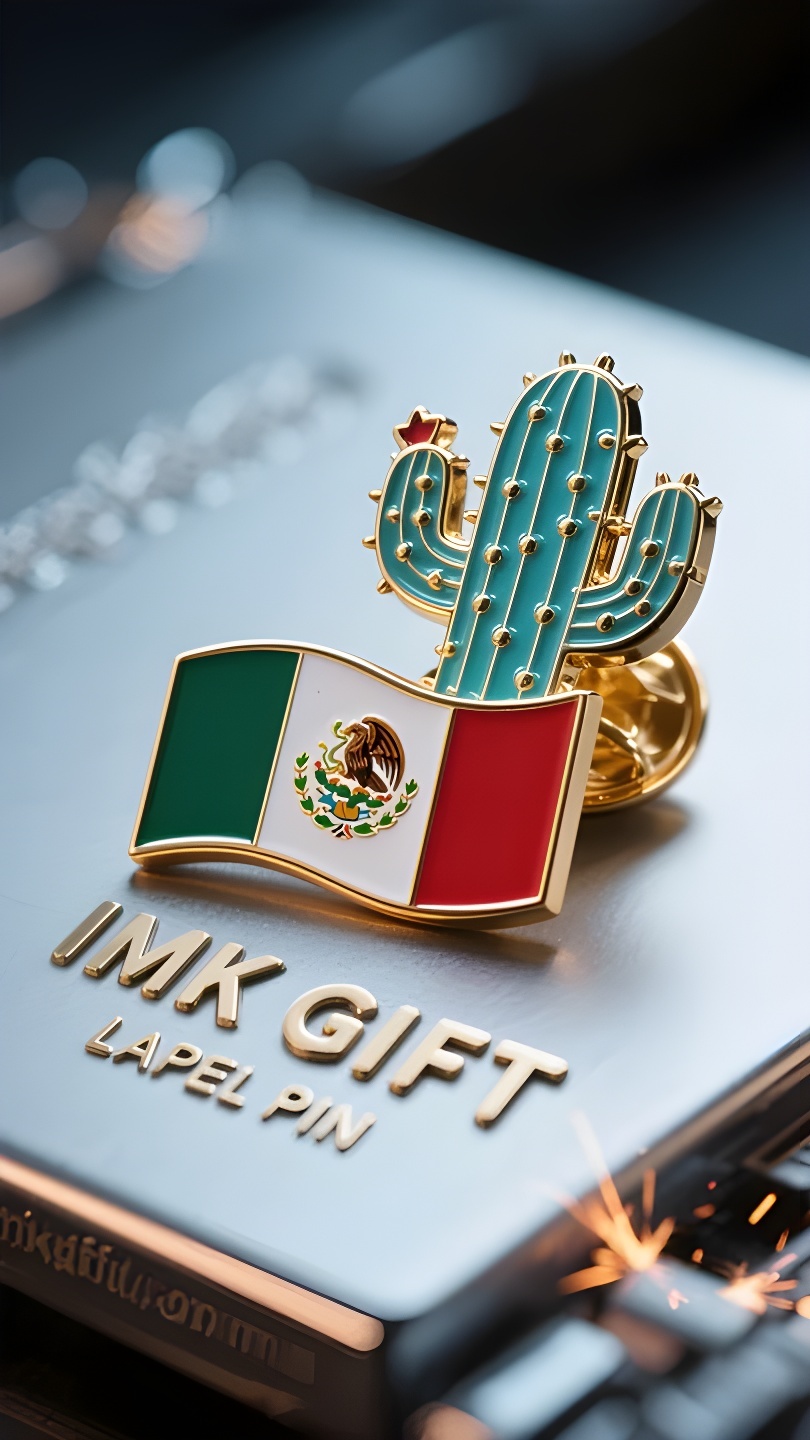in990-Águila-sobre-el-cactus-Iluminación-vital-en-el-tótem-espiritual-mexicano
▼
El emblema nacional en el centro de la bandera mexicana es un impactante tótem de vida: un majestuoso azor se alza sobre un cactus, sus afiladas garras agarran firmemente una serpiente retorcida. Este patrón, que se originó en la leyenda azteca, ondea en la bandera de la celebración del Día de la Independencia en septiembre, contando al mundo una fábula eterna sobre la supervivencia y la conquista. La tenacidad del cactus ha estado grabada desde hace mucho tiempo en los genes de la nación mexicana. En el desierto seco, utiliza su tronco espinoso para almacenar agua vital y echa raíces y brota en las profundidades de la tierra salina y alcalina. Así como los mexicanos mostraron resiliencia frente a la opresión colonial y los desastres naturales, esta planta enseña a la gente que la verdadera fuerza no reside en mostrar los propios talentos, sino en convertir el sufrimiento en el poder de la supervivencia. Cuando la gente moderna enfrenta dificultades, la filosofía de supervivencia del cactus nos recuerda que la dureza del medio ambiente es precisamente el crisol que forja la resiliencia de la vida. El águila parada encima del cactus simboliza el coraje para romper los grilletes. Según la leyenda, los aztecas siguieron el milagro de un águila que atrapó una serpiente y finalmente establecieron la ciudad-estado de Tenochtitlan. Este par de alas doradas que atraviesan las nubes todavía se elevan en los murales, estatuas de bronce y canciones populares de la Ciudad de México, representando la determinación de liberarse de las ataduras del destino. Al igual que los rebeldes en la Guerra de la Independencia de 1810, cuando cadenas como serpientes ataban la tierra, solo atacando con valentía como un águila podemos abrir el amanecer de una nueva vida. Bajo el claro cielo azul de septiembre, la insignia parecía un fuego ardiente. Nos dice: La vida nunca florece en un invernadero. Sólo en la lucha contra la adversidad las raíces del cactus pueden crecer más profundamente y las alas del águila alcanzar más alto. Ésta es la sabiduría de supervivencia de México, y también es el código espiritual compartido por toda la humanidad.
The national emblem in the center of the Mexican flag is a life-shaking totem: a powerful eagle stands on a cactus, its claws tightly grasping a twisted snake. This pattern, which originated from Aztec legend, flutters on the flag of the Independence Day celebration in September, telling the world an eternal fable about survival and conquest. The tenacity of the cactus has long been engraved into the genes of the Mexican nation. In the dry desert, it uses its thorny trunk to store the water of life and takes root and sprouts deep in the salt-alkali land. Just as the Mexicans have shown their tenacity in colonial oppression and natural disasters, this plant teaches people that true strength does not lie in showing off one’s strengths, but in turning suffering into the power of survival. When modern people face difficulties, the survival philosophy of the cactus reminds us that the harsh environment is precisely the melting pot for forging the resilience of life. The eagle standing on the top of the cactus symbolizes the courage to break through the shackles. According to legend, the Aztecs followed the miracle of the eagle catching the snake and eventually established a city-state in Tenochtitlan. This pair of golden wings that tear through the clouds still soars in the murals, bronze statues and folk songs of Mexico City. It represents the determination to break free from the shackles of fate. Just like the insurgents in the War of Independence in 1810, when the snake-like chains bound the earth, only by striking out boldly like an eagle can the dawn of new life be torn open. Under the clear blue sky of September, this emblem is like a burning fire. It tells us: life never blooms in a greenhouse. Only in the struggle with adversity can the roots of the cactus grow deeper and the wings of the eagle can reach higher. This is the survival wisdom of Mexico, and it is also the spiritual code shared by all mankind.
墨西哥国旗中央的国徽,是一幅震撼人心的生命图腾:雄健的苍鹰立于仙人掌之上,利爪紧抓扭曲的蛇。这个源自阿兹特克传说的图案,在9月独立日庆典的旗帜上猎猎飘扬,向世界诉说着一个关于生存与征服的永恒寓言。
仙人掌的坚韧早已刻入墨西哥民族的基因。在干燥的荒漠中,它用布满尖刺的躯干储存生命之水,在盐碱地深处扎根抽芽。正如墨西哥人在殖民压迫与自然灾害中迸发的顽强,这种植物教会人们:真正的强大不在于锋芒毕露,而在于将苦难转化为生存的力量。当现代人面对困境时,仙人掌的生存哲学提醒我们——环境的苛酷恰是锻造生命韧性的熔炉。
而立于仙人掌之巅的雄鹰,则象征着突破桎梏的勇气。传说中阿兹特克人循着雄鹰捕蛇的神迹,最终在特诺奇蒂特兰建立城邦。这双撕裂阴云的金色翅膀,至今仍在墨西哥城的壁画、铜像与民谣中翱翔,它代表着挣脱命运枷锁的决绝。就像1810年独立战争中的起义者,当蛇形锁链束缚大地时,唯有如雄鹰般果敢出击,才能撕开新生的黎明。
在九月澄澈的蓝天下,这枚徽章如同燃烧的火种。它告诉我们:生命从不在温室里绽放光彩,只有在与逆境的搏斗中,仙人掌的根系才会扎得更深,雄鹰的羽翼才能触及更高的天空。这是属于墨西哥的生存智慧,更是全人类共享的精神密码。
▼
Contact Us
📞 Tel: +0086-760-85286839
📧 Email: sales3@imkgift.com








